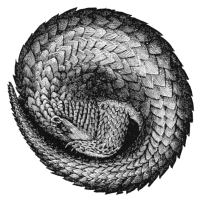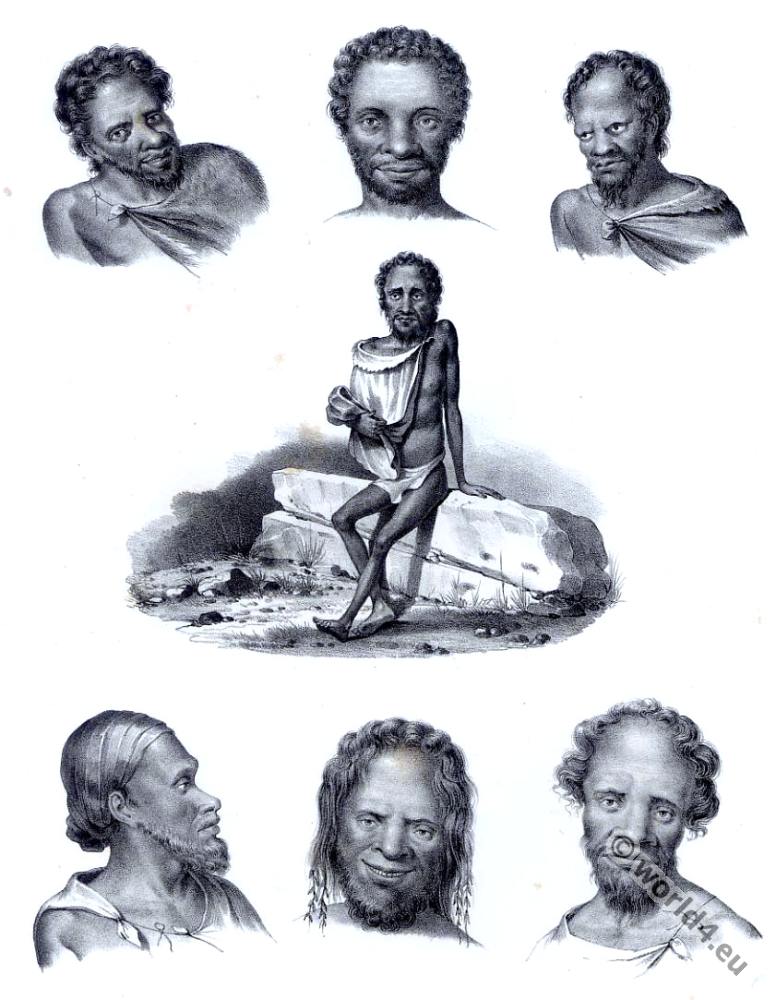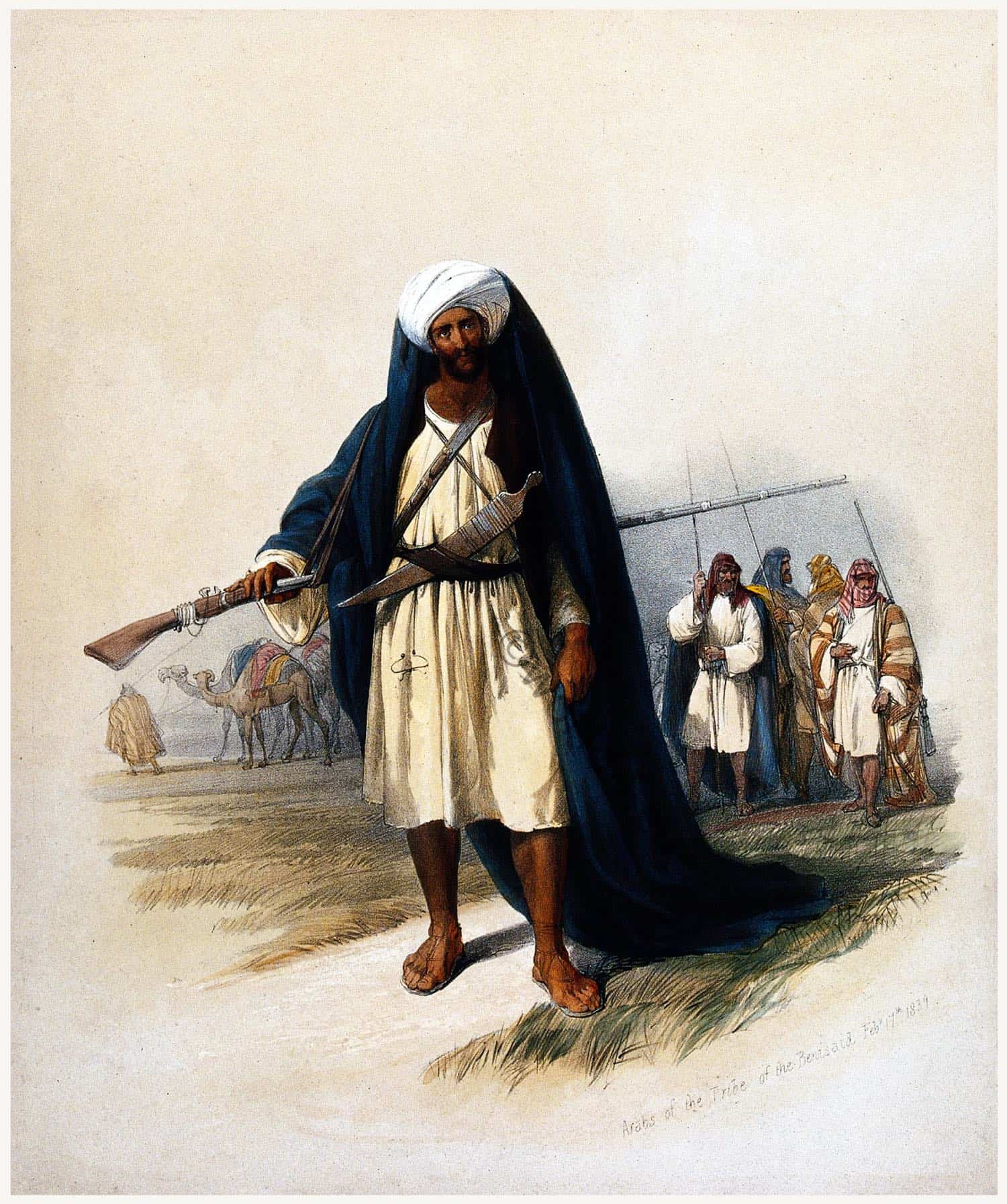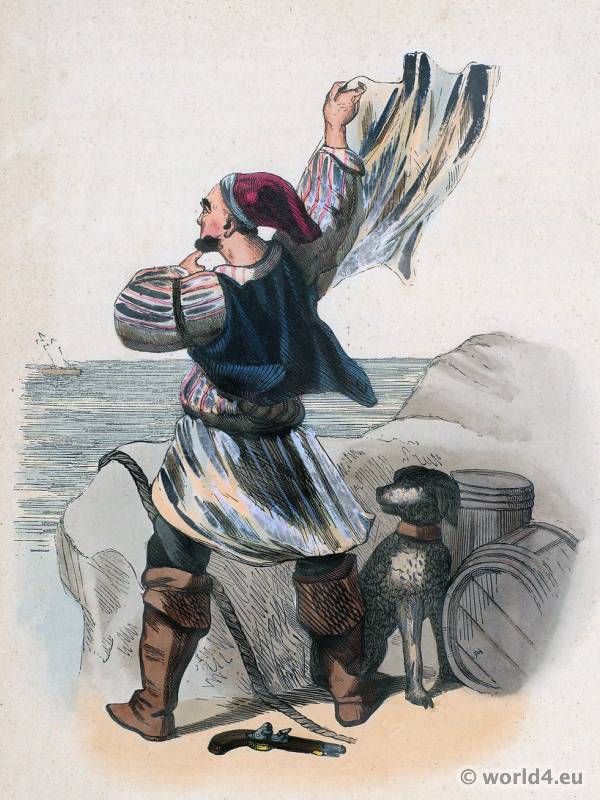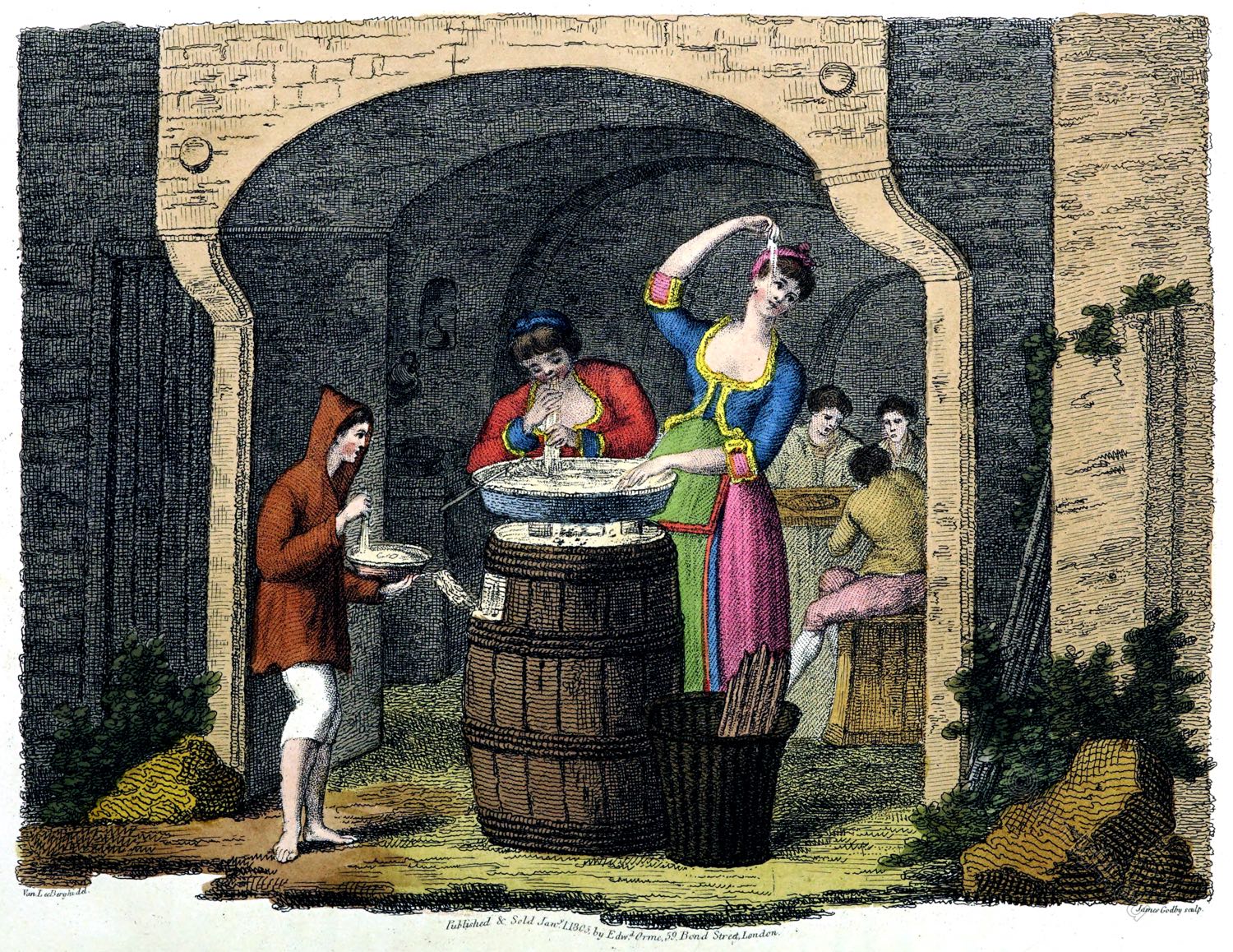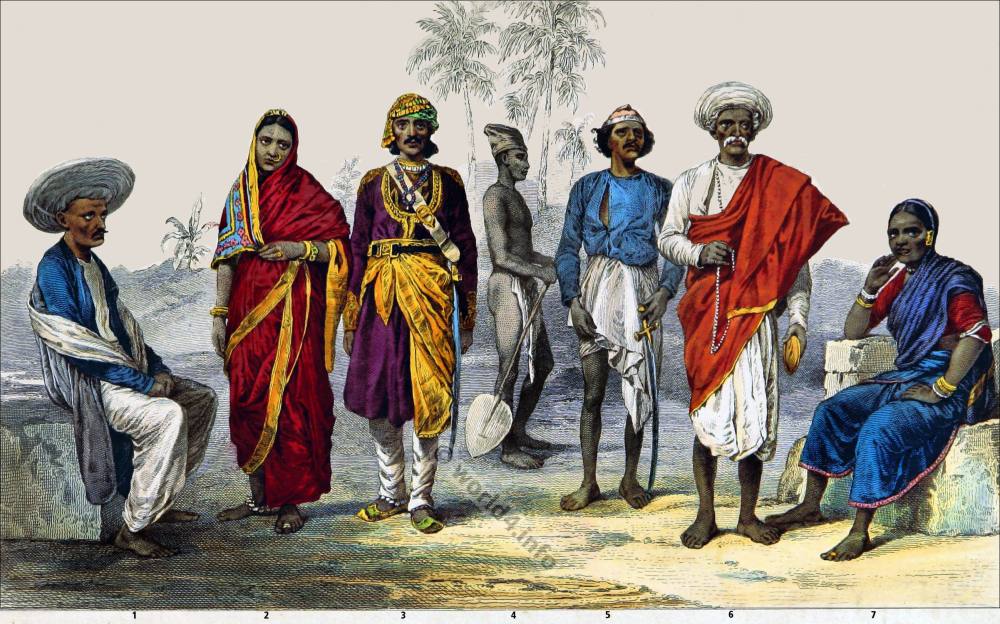
AUSTRALIAN ABORIGINES.
CHAPTER I.
Australian Aborigines: the languages and customs of several tribes of Aborigines in the western district of Victoria, Australia.
TRIBES (c. 1881).
The country belonging to a tribe is generally distinguished by the name or language of that tribe. The names of tribes are taken from some local object, or from some peculiarity in the country where they live, or in their pronunciation; and when an individual is referred to,‘Kuurndit’—meaning ‘member of’—is affixed to the tribal name, in the same way as the syllable ‘er’ is added to London, ‘Londoner,’ or ‘ite’ to Melbourne, ‘Melbournite.’ Thus the Mount Rouse tribe is called ‘Kolor,’ after the aboriginal name of the mountain; and a member of the tribe is called ‘Kolor kuurndit.’ The language of the Kolor tribe is called ‘Chaap wuurong,’ meaning ‘soft’ or ‘broad lip,’ in contradistinction to other dialects of harder pronunciation. The Kolor tribe and its language occupy the country commencing near Mount Napier, thence to Germantown, Dunkeld, Wickliffe, Lake Boloke, down the Salt Creek to Hexham, to Caramut, and to starting point.
The Kuurn kopan noot tribe is known by the name of its language, ‘Kuurn kopan noot,’ meaning ‘small lip,’ or ‘short pronunciation,’ with ‘Kuurndit’ affixed for an individual of the tribe, who is called ‘Kuurn kopan noot kuurndit.’ Its territory, commencing in the middle of the Tarrone swamp, ‘Yaluuk,’ extends to Dunmore House dam, Upper Moyne Falls, Buunbatt, Goodwood main cattle camp, Marramok swamp, and round by South Green Hills station to starting point.
The Hopkins tribe is called after its language, ‘Pirt kopan noot,’ and a member of the tribe ‘Pirt pirt wuurong kuurndit;’ and its language, which is very slightly different from the ‘Chaap wuurong,’ is called ‘Pirt kopan noot,’ meaning ‘jump lip.’ Its country is bounded by Wickliffe, Lake Boloke, Salt Creek, Hopkins Hill, Ararat, and Mount William.
The Spring Creek tribe is called ‘Mopor,’ and a member of it ‘Mopor kuurndit.’ Its language is called ‘Kii wuurong,’ meaning ‘Oh, dear! lip.’ Its country, commencing at the swamp Marramok on Minjah station, extends to Woolsthorpe, to Ballangeich, up Muston’s Creek to Burrwidgee, through the centre of Mirraewuse swamp to Goodwood House, thence to Buunbatt, and to starting point.
The Port Fairy tribe is called ‘Peek whuurong,’ and a member of it ‘Peek whurrong kuurndit.’ Its language, ‘Peek whurrong,’ ‘kelp lip, is taken from the broad-leafed seaweed so very abundant on the sea shore. Its territory lies along the sea coast, from the mouth of the Hopkins River to nearly half-way between Port Fairy and Portland, thence to Dunmore dam, Tarrone swamp, Kirkstall, Koroit, Woodford, Allansford, Framlingham, and down the Hopkins River to the sea.
The Mount Shadwell tribe and its language are called ‘Kirne wuurong, ‘blood lip,’ with Kuurndit affixed for a member of the tribe. Its territory commences at the Hopkins Hill sheepwash on the Hopkins River, and extends to Mount Fyans, Mount Elephant, Cloven Hills, Minninguurt, Mount Noorat, Keilambete Lake, Framlinghamab original station, and up the east side of the Hopkins River to starting point.
The Camperdown language is called ‘Warntalliin,’ ‘roughlanguage.’ The Colac language is ‘Kolak gnat,’ ‘belonging to sand; and is hard in pronunciation. The Cape Otway language is ‘Katubanuut,’ ‘King Parrot language.’ The country between Cape Otway and the Hopkins River is called ‘Yarrowretch,’ ‘Forest country,’ and the language ‘Wirngill gnatt tallinanong,’ ‘Bear language’.
At the annual great meetings of the associated tribes, where sometimes twenty tribes assembled, there were usually four languages spoken, so distinct from one another that the young people speaking one of them could not understand a word of the other three; and even the middle-aged people had difficulty in ascertaining what was said. These were the Chaap wuurong, Kuurn kopannoot, Wiityawhuurong, and Kolacgnat. The other tongues spoken at the meeting might be termed dialects of these fourlanguages.
The aborigines have a very ready way of distinguishing the ten dialects enumerated above, by the various terms which are employed by each to denote the pronoun ‘you,’ as Gnuutok, Gnuundook, Winna, Gnse, Gnii, &c. The differences of language are also marked by peculiarities of pronunciation, especially by the way in which the end of a sentence is intoned. Natives of Great Britain will remember similar differences between the various counties or towns of their fatherland, which will serve to illustrate the differences of aboriginal pronunciation.
Source: Australian aborigines: the languages and customs of several tribes of aborigines in the western district of Victoria, Australia by James Dawson (1806-1900). Melbourne : G. Robertson, 1881.
Discover more from World4 Costume Culture History
Subscribe to get the latest posts sent to your email.


